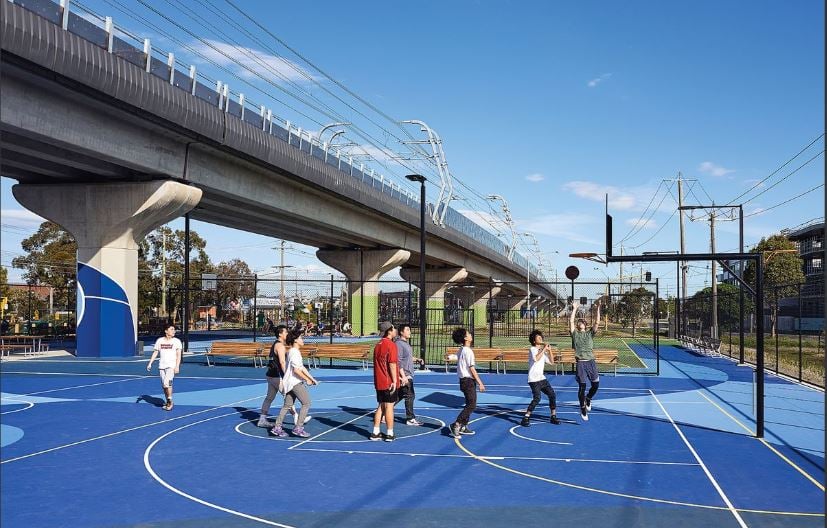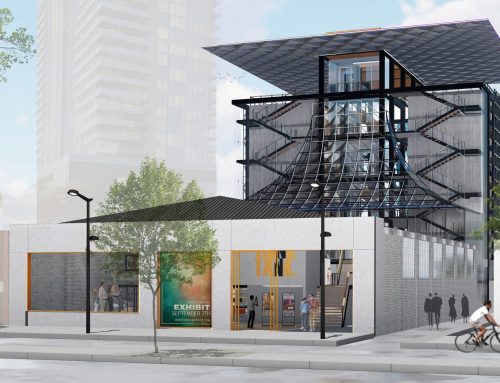A linear park that stretches for 8.5Km in Melbourne’s outer suburbs consisting of shared pathways, parkland and recreational facilities has created a stretch of urban oasis in the space made available beneath a raised train line.
In an opinion piece for Landscape Australia, Associate Head of Architecture and Built Environment at Deakin University Dr Beau Beza shared his thoughts, highlights and concerns on the ambitions project that has become reality along the Carnegie to Noble Park Corridor beneath the raised train line that was part of the Level Crossing Removal project.
“The Caulfield to Dandenong Level Crossing Removal Project is an exceptional demonstration of design thinking, visioning and realization of works. In essence, it is a fantastic outcome for the local community.”
Dr Beau Beza, Associate Head of Architecture and Built Environment, Deakin University
Dr Beza visited the site late last year and took the time to wander the space. He noted the noise reduction gained by the elevated rail line commenting that, “the sections of the linear park framed by hard edges and vertical features seem to exclude much of the noise of the surrounding urban environment, making it easy to have a normal conversation in the space.” He was particularly impressed with the focus on native vegetation and strategic placement of accent items such as benches, outdoor furniture and the coordinated use of colour across the spaces.
In the article Dr Beza raises concern for future proofing the space and highlighted the need for council maintenance and upkeep to ensure the space remains vibrant and activated, “Overall, my biggest concern for this project relates to maintenance; I assume this is in the hands of the various councils along the length of the project. When walking through the project during the day, for instance, I could already see weeds taking root in some of the more prominent areas of the new plantings and rain gardens. If not kept in check these will challenge the design integrity of the project.”






